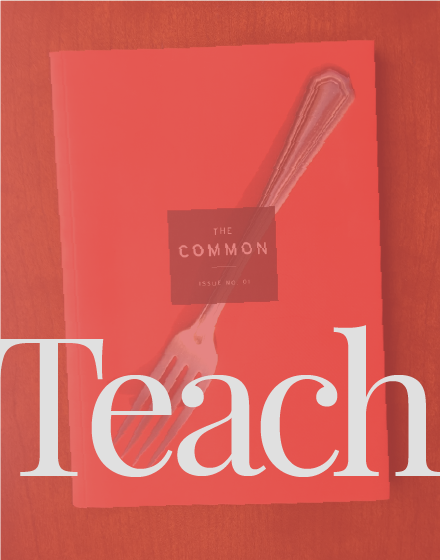Lesson plans, readings, and resources to inspire your students.
Enrich your classroom with The Common magazine: poems, essays, stories, and images that provide fresh, global perspectives on place and placelessness, home and belonging, migration and exile.
Living with an Author and a Translator
Adapted from Curtis Bauer, The Common’s Translation Editor, and Director of Creative Writing Program and teacher of Comparative Literature at Texas Tech University.
In this exercise you will explore the multidimensionality of a poem, essay, or story by “living with” the author and translator: reading and thinking about their work every day for a week. This is a multi-step assignment so read carefully and make sure you plan in advance.

